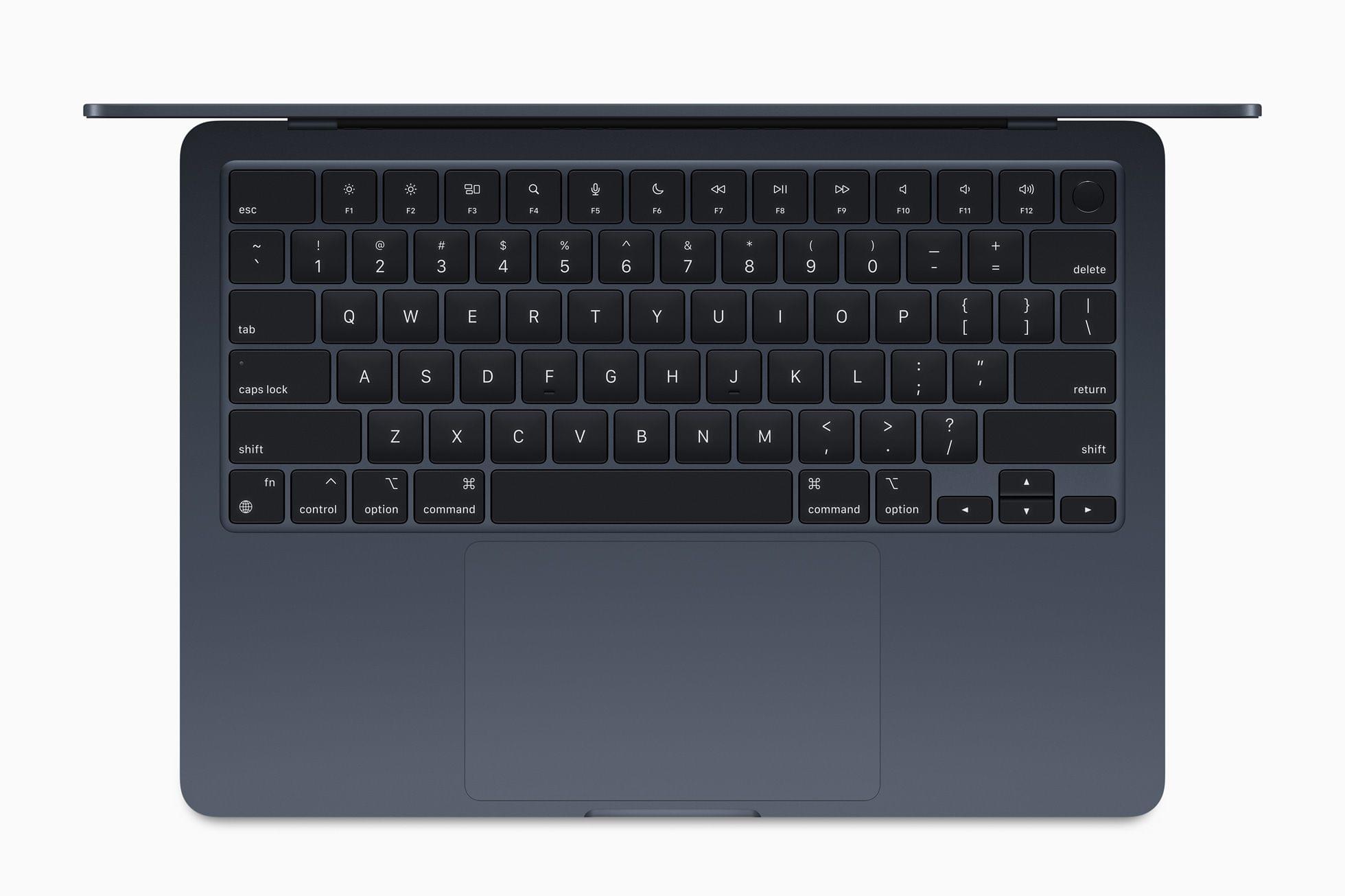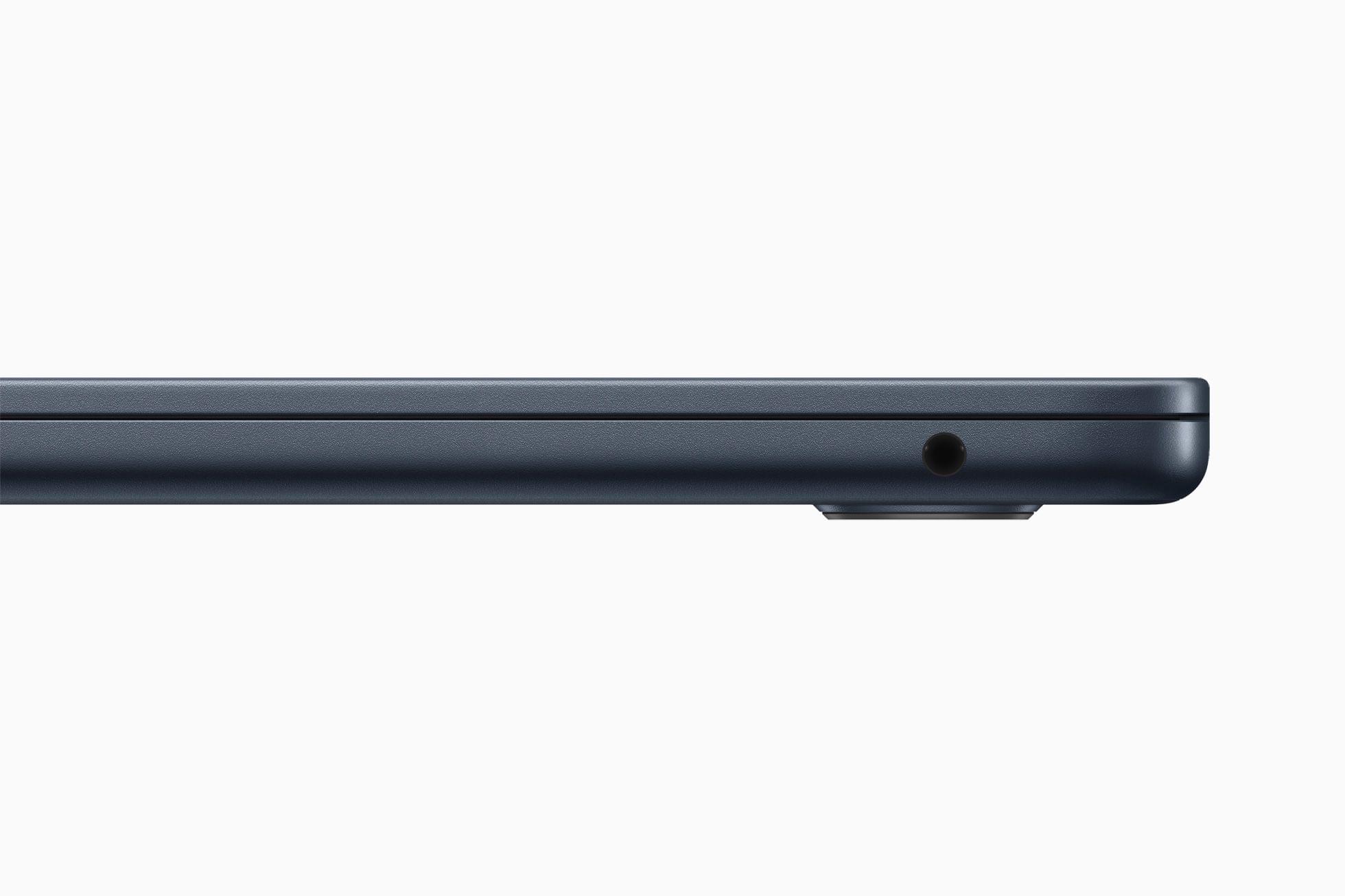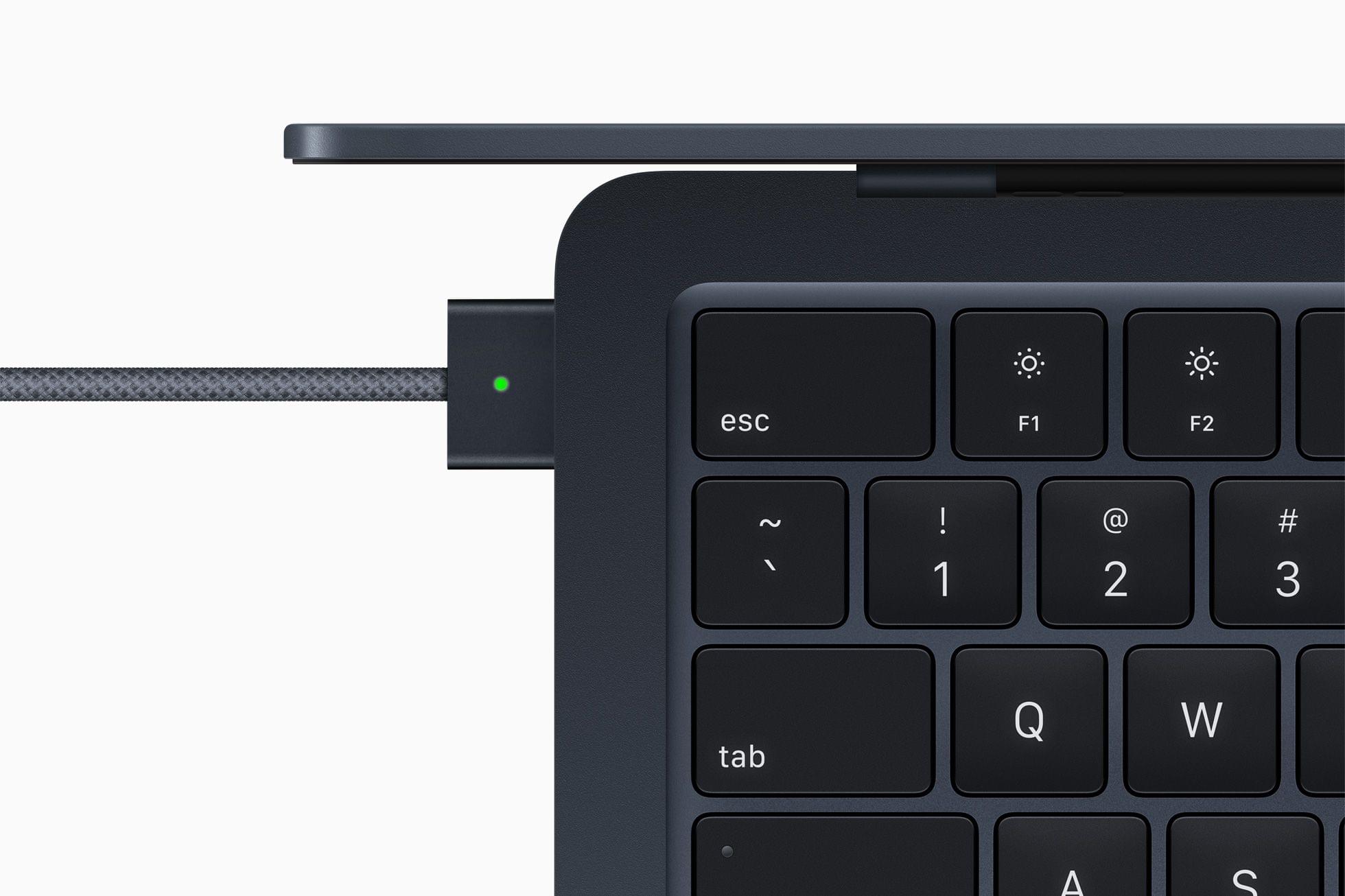Yesterday during their WWDC keynote event, Apple unveiled the updated M2 Apple Silicon chip. While the M2 might not be quite as revolutionary of an upgrade as the M1 was over previous Intel chips, it’s still a very solid year-over-year improvement which continues to boost Apple ahead of the competition.
Debuting with the M2 inside are the all-new MacBook Air and the upgraded 13” MacBook Pro. While the MacBook Pro has very few changes other than the new processor, the MacBook Air sports a completely new industrial design. Let’s take a look at Apple’s latest entires into the Mac lineup.
M2
Apple’s M2 chip is the first entry into the second generation of desktop-class Apple Silicon chips. Assuming the M2 will follow a similar pattern as last year’s M1, we expect it to be the base building block for the more powerful M2 chips that are sure to come later this year and next.
The M2’s specs beat the M1 handily across the chart. The chip has an 18% faster 8‑core CPU, a 35% faster GPU with up to 10‑cores, 50% more memory bandwidth (100GB/s throughput), a 40% faster neural engine, up to 24GB of unified LPDDR5 memory (up from a max of 16GB in the M1), and support for accelerated encoding and decoding of Apple ProRes.
MacBook Air
For the first time since its introduction in 2008, the MacBook Air is eschewing its iconic tapered design for the flatter design language of last year’s MacBook Pros. The screen has been upgraded from a 13.3” Retina display on last year’s M1 Air to a 13.6” Liquid Retina display on the new model. Most of that extra space comes from shrinking the bezels. Of course, a notch has been added to the display so that it can continue to fit the camera array in the top center. The M2 Air’s display maxes out at 500 nits of brightness, which is 100 nits more than last year’s model.
The keyboard has also been updated to the version pioneered by the 14” and 16” MacBook Pros last year, meaning that the arrow keys and the function row are now full-size keys, and a Touch ID key is included in the top right corner. Unlike the MacBook Pro models though, the MacBook Air’s keyboard does not have the blacked-out backdrop, so you can see the laptop’s aluminum between the keys.
The colors have been expanded on the new MacBook Air for the first time in a few years. There are now four color options: silver, space gray, starlight, and midnight. Midnight is a brand-new color which looks like very dark navy, while starlight replaces the previous gold color with a lighter and subtler shade of yellow.
The M2 Air’s chassis weighs in at 2.7 pounds, which is 0.1 pounds lighter than the M1 Air. The width of the machine has remained identical at just under 12”, but the depth has increased slightly from 8.36” to 8.46”.
Thickness is where the most notable changes can be found. Since the new model is no longer tapered, it is unsurprisingly thicker than the previous Air’s thinnest point (which was only 4.1 mm thin). However, last year’s M1 Air was 16.1 mm at its thickest point. That is quite a bit thicker than the new M2 Air, which measures in at a steady 11.3 mm thin.
Spec-wise, the machine packs all the capabilities of the M2 chip. An 8-core CPU is ubiquitous, while the GPU can be configured between 8 and 10 cores. Unified memory starts at 8GB for the base model and can be configured with 16GB for an extra $200, or 24GB for an extra $400. Storage starts at 256GB, and can be configured up to 2TB for an extra $800 at the maximum value. The camera on the M2 Air has been upgraded to a 1080p FaceTime HD camera (as compared to last year’s 720p FaceTime HD camera).
Audio has been improved as well. The new M2 MacBook Air has picked up a four-speaker sound system with support for Spatial Audio and Dolby Atmos on its built-in speakers. It also includes a three-microphone array with directional beamforming for sound input.
Finally, the M2 Air keeps the same 18-hour battery life as last year’s model. It does, however, add a MagSafe port for improved charging (and includes color-matched MagSafe cables). Since the machine still keeps the two Thunderbolt/USB-C 4 ports as last year’s M1 Air, it has a net positive extra port since one of them no longer needs to be reserved for the charger.
13” MacBook Pro
The strangest laptop in Apple’s lineup continues to be updated. The 13” MacBook Pro still features the last-generation MacBook Pro design, including the thicker bezels (no notch) and the Touch Bar. This year, the machine has been updated to include the M2 processor.
The M2 upgrade means that the 13” Pro gets all of the specs mentioned above for the M2, including unified memory configurations between 8GB and 24GB. The machine is otherwise identical to its prior iteration in design, color, and storage options.
This 13” MacBook Pro only seems to exist to cover the price point between the MacBook Air and the 14” MacBook Pro, and in general I struggle to recommend it to anyone. The MacBook Air is so good at this point that I expect it would serve the vast majority of use cases that this 13” Pro might be selected for. With that said, as long as this laptop is going to continue hanging around, it’s great to see Apple keeping it on the latest generation chip. In prior years Apple was prone to letting some Mac models languish with increasingly outdated processors, but in the modern era they have thus far been committed to at least keeping the processors in line.
Conclusion
Apple is continuing to push the envelope with its in-house Apple Silicon chips. The year-over-year improvements in the M2 aren’t revolutionary, but they’re still significantly better than the M1 and represent the continued incremental march forward that we expect from Apple’s chip team.
While I can’t really recommend the 13” M2 MacBook Pro, I’m still happy that Apple is keeping it up to date as long as it’s going to be staying in the lineup. The new M2 MacBook Air, however, looks like an exceptionally good machine. Improvements have been made in nearly every category over last year’s model, including specs, the expanded keyboard, the addition of a MagSafe port, the maximum thickness decreasing, and the screen expanding. This really feels like a computer with no compromises, and I strongly expect it will be the best Mac for the great majority of Apple customers.
The M2 MacBook Air and 13” MacBook Pro will be available starting next month, with the MacBook Air starting at $1,199 ($1,099 for education), and the MacBook Pro starting at $1,299 ($1,199 for education).
You can follow all of our WWDC coverage through our WWDC 2022 hub or subscribe to the dedicated WWDC 2022 RSS feed.









